Why would any animal species kill its offspring? or the offspring of another species? Even humans? Sometimes it’s to protect them from predators, and other times, it is the perfect example of survival of the fittest. Birds are no different, and some species have their reasons for acting this way. If you want to know about merciless birds in action, continue reading. These birds cause trouble to their fellow animal friends and us humans, sometimes even resulting in death.
Northern Gannet:
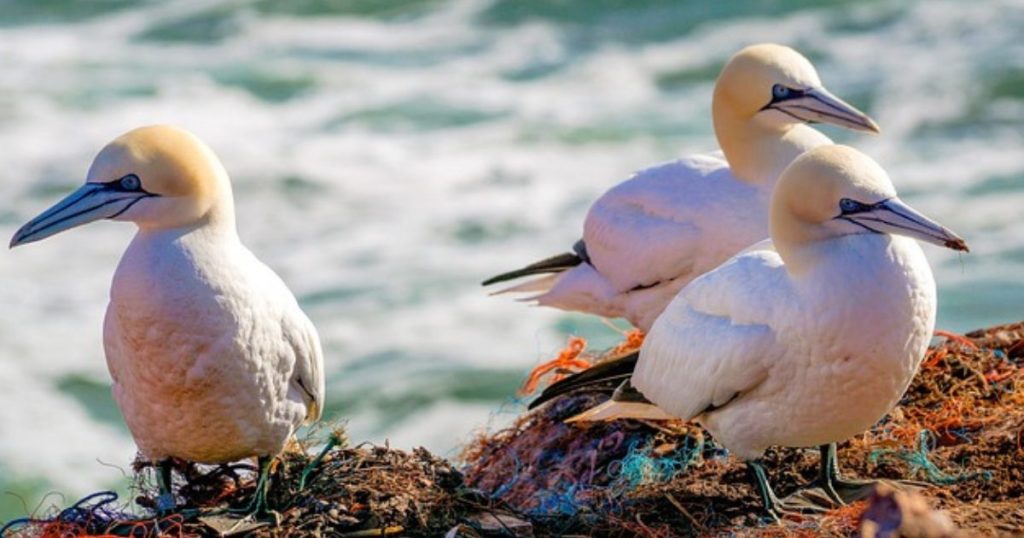
Everybody knows Iceland is one of the most beautiful countries in the world. But, I bet you didn’t know that it’s home to one of the most dangerous birds in the world, right it’s true the northern gannet is one of the most intense and enthusiastic birds in the world, and it is something to be feared.
On the surface, it may look like some adorable little guy who will show you respect and kindness, but that’s just for show. These birds are bottomless pits, constantly looking for food, and once they see something they like, good luck getting away when it comes.
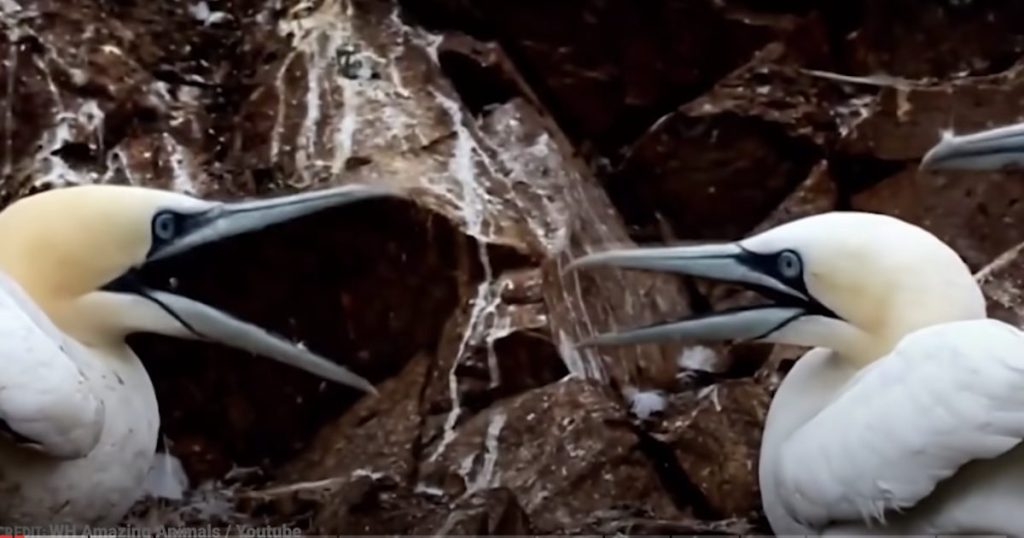
The northern gannet will dive into the water at a speed of 62 miles per hour, and thanks to their strong bodies, they don’t feel the impact even a little bit, but even if you think you could somehow outrun one of these birds, it’s not that simple the northern gannet nests in colonies meaning there are never just one, what may seem like an easy escape soon turns into a group hunt and that’s when you’re screwed, at that point if these things want to eat you they’re probably going to do it.
European Herring Gull:
Maybe you’ve heard of it. Maybe you haven’t, but the European Herring Gull is easily one of the most notorious birds on the entire continent, and boy has earned that bad reputation. This thing has a temper.
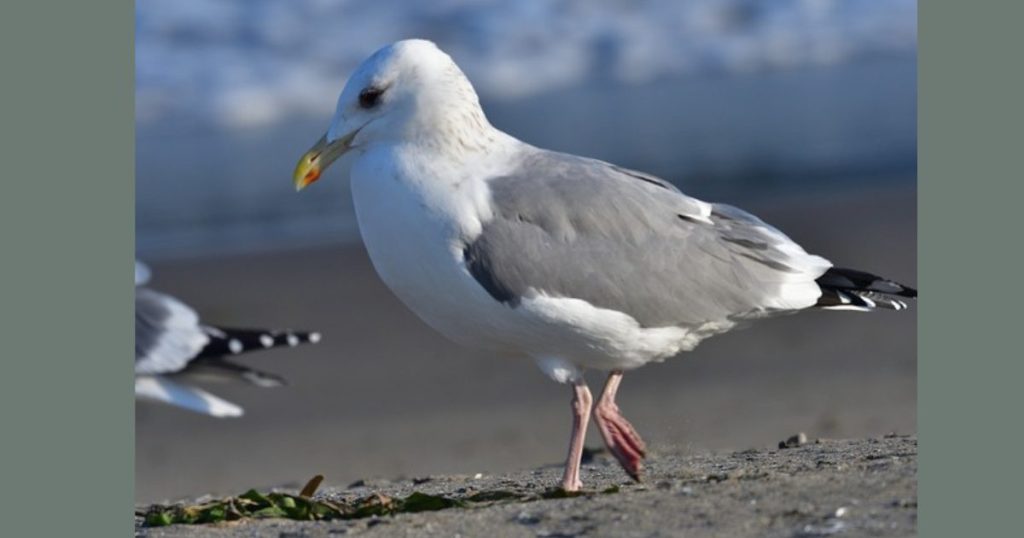
Measuring up to 26 inches long, the European Herring Gull is pretty big, but it doesn’t look like the kind of animal you’d go running away from, but you should, though. With a wingspan of between 49 and 61 inches, the herring gull is a pretty terrifyingly big bird, and in case you haven’t already heard it hates humans, the European Herring Gull’s reputation is almost entirely built on the fact that it just loves to attack humans and steal our food, which to be fair is reasonable, we have much better food than birds gets, but still, this little jerk is a criminal, and he gets away with it because what? They can fly, Please! The European Herring Gull is the most notorious bird on the planet, and they will attack and, worst of all, they call in help, so what may start as a simple one-bird attack will soon turn into a scene from a Hitchcock movie consider this a PSA under the dangers of birds.
Harpy Eagle:
The harpy eagle is often named nature’s greatest killing machine, which may sound like an exaggeration, but it isn’t. This thing is built for murder, and there is no such thing as a bird court, so we can’t do anything about that.
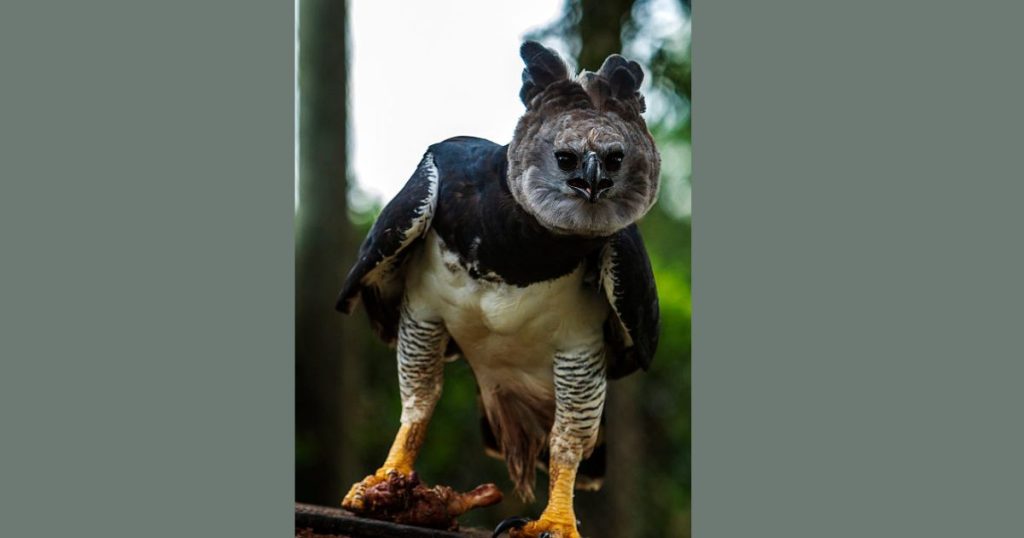
The harpy eagle is probably most well known for its terrifying talons, which are enough to scare even the most stoic of humans. A female harpy eagle’s feet are as big as a human hand. In addition, each talon is tipped with terrifyingly long claws, the longest talons of any eagle on earth at an unbelievable 5 inches long. Now, doesn’t that make you want to hide in some underground bunker and pray for all the birds to go away?
If that isn’t terrifying enough, those talons are powered by incredibly strong squeezing muscles, so they can lift animals out of trees that are the same weight as them, and they don’t even have to stop for a break. So, honestly, the killing machine is a pretty accurate description of this little terror. It’s the bird equivalent of the terminator.
The Barred Owl:
Just because a bird is nocturnal doesn’t mean you should stop feeding it. Sure they only come out at night. But that gives them an advantage. They can see what they’re doing, and you can’t.
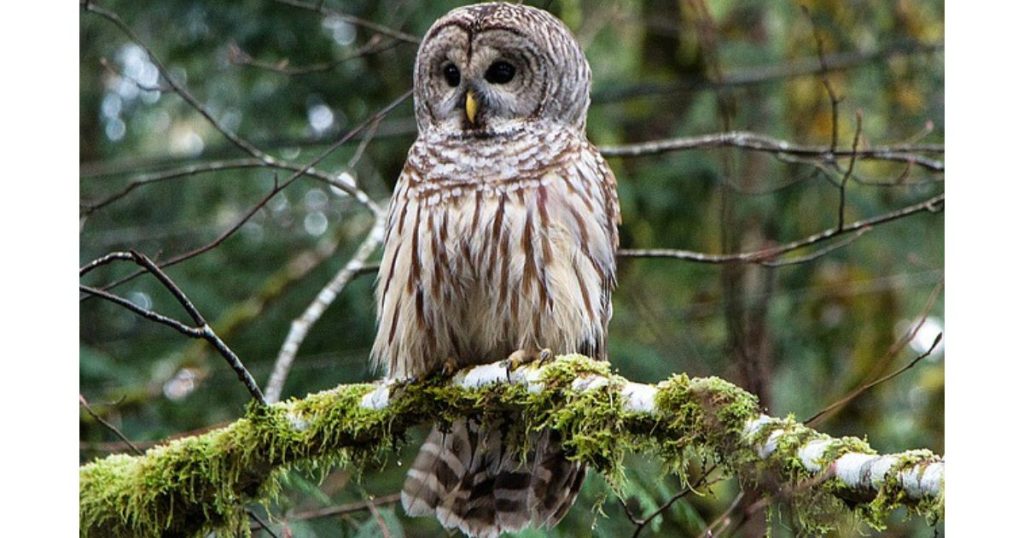
The barred owl is a large owl found all over North America, usually in forests and woodland, but there’s a reason that this is a particularly frightening bird. It has nothing to do with that weird exorcist thingy where they turned their head around. Instead, the barred owl is a silent bird when they fly. They don’t make a noise
whatsoever, making it impossible for anybody to prepare themselves for the inevitable attack, and believe me, if these guys get disturbed, they will attack, and no humans are not prepared for it. So when a barred owl attacks, it attacks the head, using its incredibly sharp claws to cause as much pain as it can.
Hooded Pitohui:
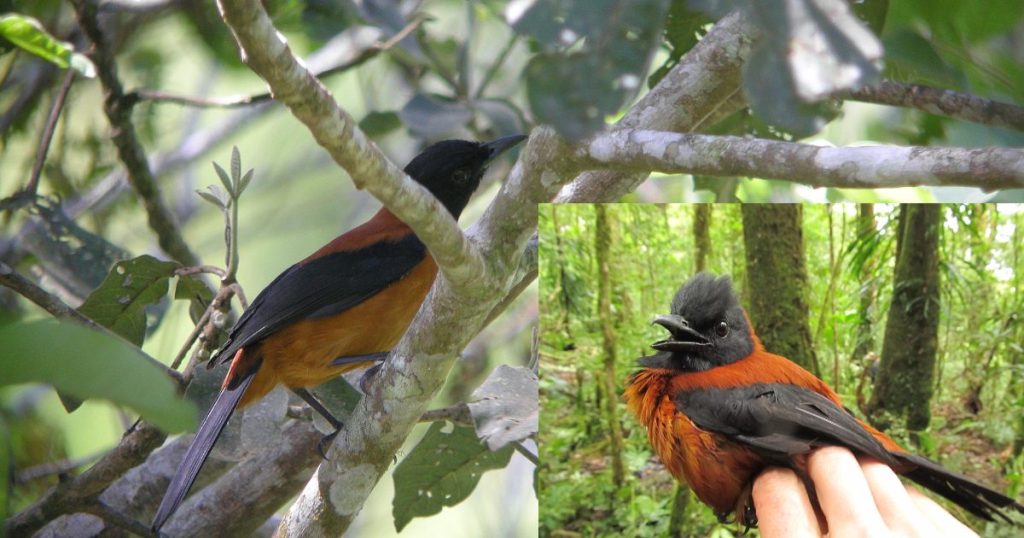
Hooded Pitohui is a medium-sized songbird found in new guinea and is one of the few known poisonous birds. Hidden within its skin, feathers and tissues lie a range of batrachotoxin compounds, which help deter predators and protect the bird from potentially harmful parasites. Unfortunately, they’re also great at scaring off local hunters or hungry people looking for a meal. This bird’s genetics have guaranteed that it will never go extinct, at least not as long as it can maintain its poisonous nature. The hooded Pitohui was one of the first birds to be named toxic before this. Nobody even considered the idea that birds could somehow be poisonous.
Mute Swan:

The brutal truth about the mute swan is this animal is an absolute jerk, sure, it’s often described as one of the most beautiful birds in the world, or you know whatever, but it doesn’t change the simple fact that they’re a pain in the butt,
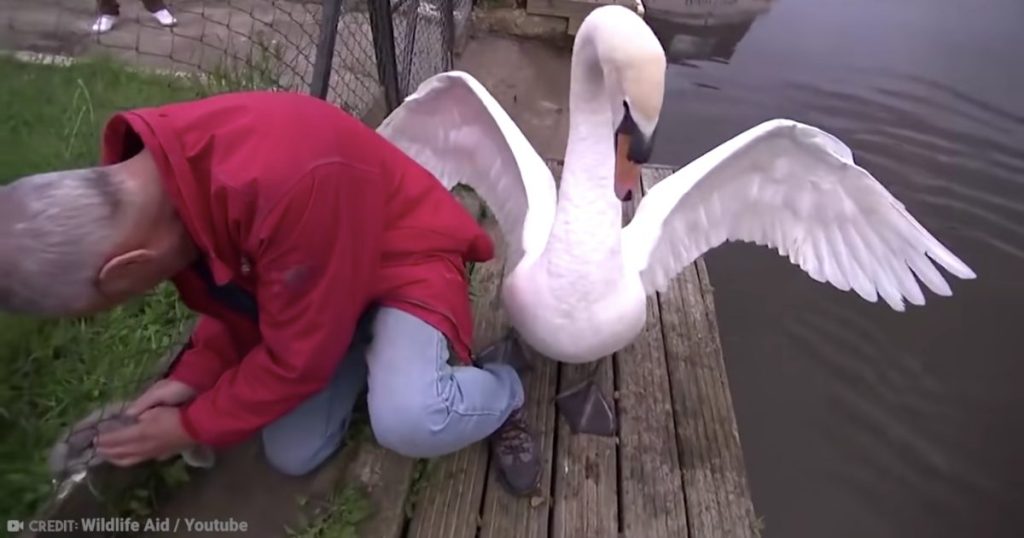
these swans are the most aggressive waterfowl species in the world which makes them also one of the most dangerous animals. If they decide that another animal you know, whether it’s a bird or a mammal is in the way, for whatever reason, the swan is going to attack injure and even kill it, and all because it just felt entitled to nest or feeding grounds because, ultimately, that’s all this one cares about nesting or protecting their young, and if they feel either of those things is threatened, they will lash out with all their force.
I told you swans are jerks. Unfortunately, the world has bought into the myth that swans are somehow the epitome of grace and beauty but not me, guys. Our research tells us that swans are animals to be feared, avoided, and criticized whenever you get the chance. So before anybody accuses me of being mean or anti-swan, remember, swans are jerks.
Lammergeier:
Lammergeier is easily one of the most dangerous animals on our list; ironically, it’s not intentional. There’s a classic story about the ancient greek playwright Aeschylus, who heard a prophecy that claimed a falling object would kill him. So Aeschylus desperately tried to stay outside, hoping he would not be hit by a falling object if nothing could fall.
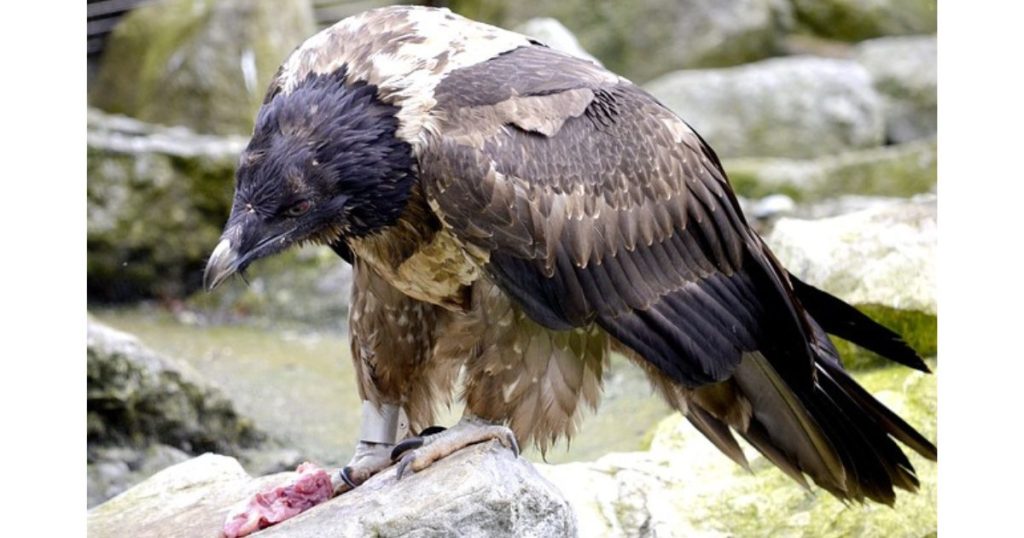
Then one day, a tortoise dropped out of the sky, hit him on the head, and killed him. This sounds like a weird story, but the most likely reason that the tortoise dropped out of the sky may be the Lammergeier. Because bone marrow makes up around 90 percent of the bird’s diet, they have to find a way to break into the bones, so naturally, the best way to break a bone is to apply some force, for instance, dropping it from a great height. The Lammergeier likes to apply this technique to tortoises, too, so you should be afraid of things falling out of the sky. It’s just that the Lammergeier is the reason it happens so often.
Marabou Storks:
Marabou storks stand between four and five feet tall on average, making them significantly larger than any other birds, but their height is not the only intimidating thing about their size. They also have an impressively long wingspan measuring about 12 feet wide from tip to tip and a beak that protrudes about 50 inches, so basically, it’s a nightmare bird, and they tend to have a temper. They’re known to lash out
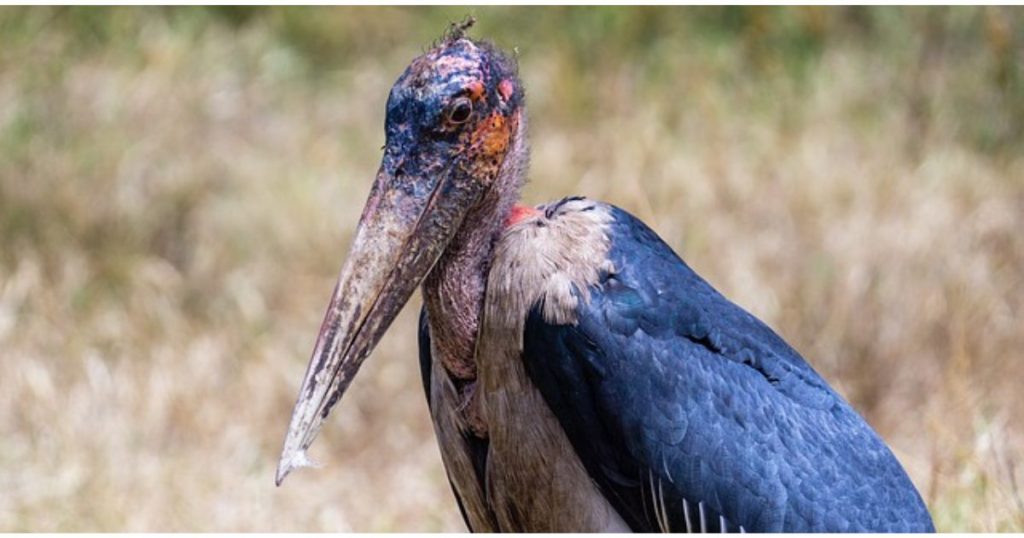
at just about any living thing that triggers their anger impulse, including humans. If a human happens to interrupt their food session, it’s probably not going to end well.
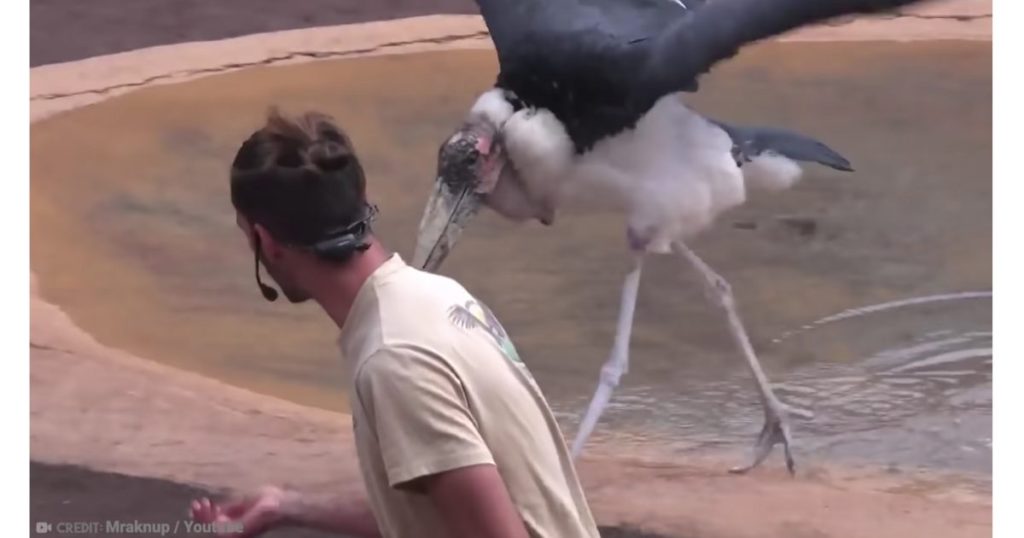
We should probably also mention that the marabou stork is capable of flying up to 13 000 feet in the air though it doesn’t usually do this, typically the stork prefers to stay on the ground searching for food, which is why so many humans end up making a pretty terrifying enemy.
Snowy Owl:
We’ve already talked about one dangerous owl, so why not address another?
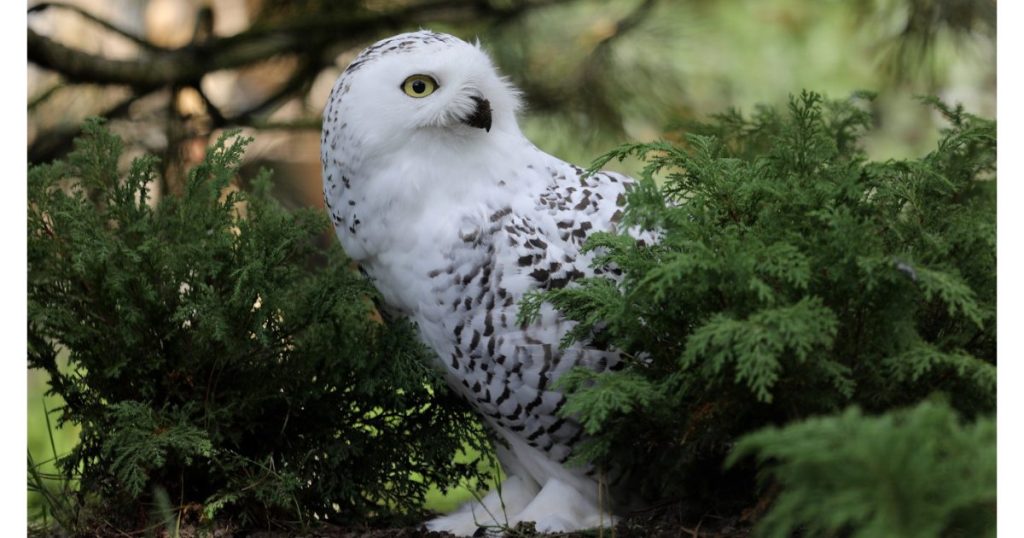
The snowy owl may not be as intimidating as some other birds, but they’re as aggressive. The snowy owl only gets aggressive when defending itself, whether defending its territory, family, or just themselves.
They’re more than willing to take on predators or unfamiliar animals if the situation calls for it, and when they do, better watch your face. The snowy owl tends to attack the head, preferring the dive bomb tactic to take down the human or animal that has decided to intrude.
Don’t think your size will make them afraid. The snowy owl has been known to attack arctic wolves. They tend to be most aggressive during the breeding season, but this isn’t always the case. If it feels that it’s being attacked or its privacy is being intruded on, it will attack you and think nothing of it.
Southern Cassowary:
Southern Cassowary is named the world’s most dangerous bird capable of killing anything. The southern cassowary is a huge flightless bird native to Australia and the tropical forests of Southeast Asia. These huge birds can be around six and a half feet tall and weigh up to 132 pounds.
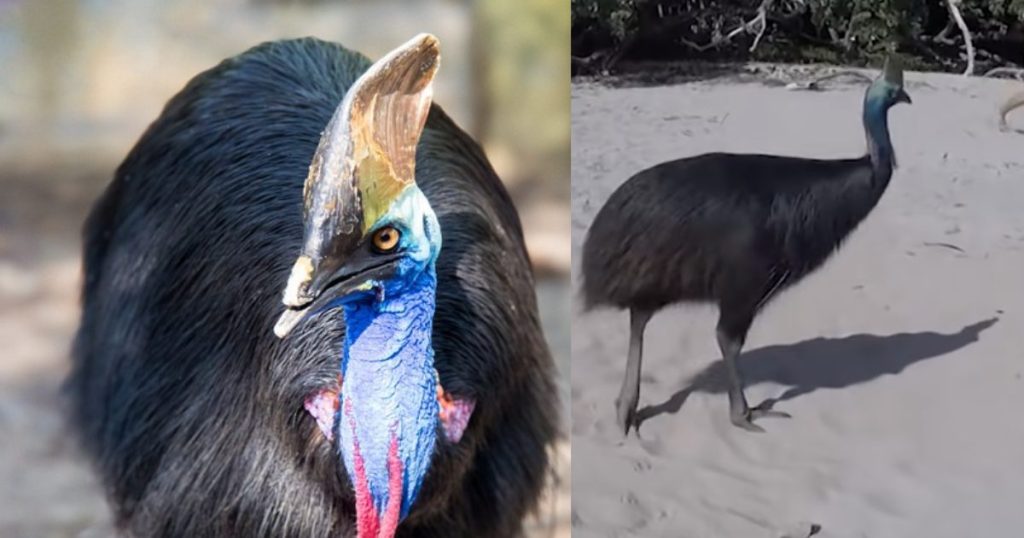
That’s about the equivalent of six mute swans, where the most dangerous is their lower body. These guys did not skip leg day. The southern cassowary has incredibly muscular legs that can pack an intensely powerful kick, but it’s not just the kick that will hurt. On the tips of their three toes lie some truly terrifying talons, measuring up to 5 inches. If the cassowary feels threatened or angry, it will simply strike you with one of these weapons, and I think you know what that will do to your internal organs. I don’t have to explain how that whole thing works. You will not be having a great fun time unless life in a hospital bed sounds like fun to you.
The sharp-beaked ground finch:
The sharp-beaked ground finch, also known as the vampire finch, this the vampire finch lives on darwin and wolf islands. Obviously, it gets its name from some similarities to the notorious monsters. Since they don’t wear capes or speak obscure Transylvanian accents, it’s obviously going to be to do with their diet.
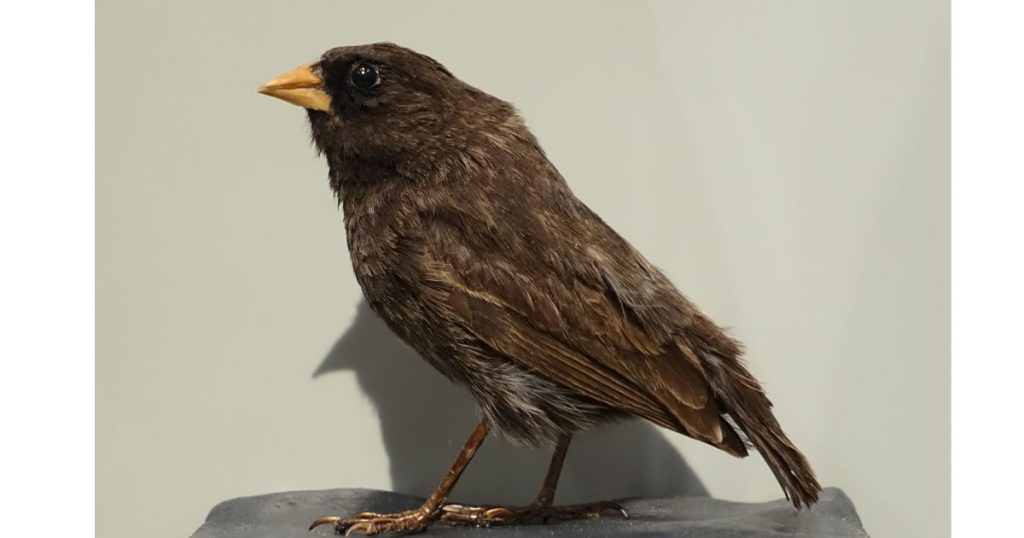
The vampire finger occasionally drinks the blood of Nazca or blue-footed boobies. When seeds and insects happen to be in short supply, the vampire finch is forced to turn to boobies, and the vampire finch pecks at the feathers and skin until it can drink their blood.
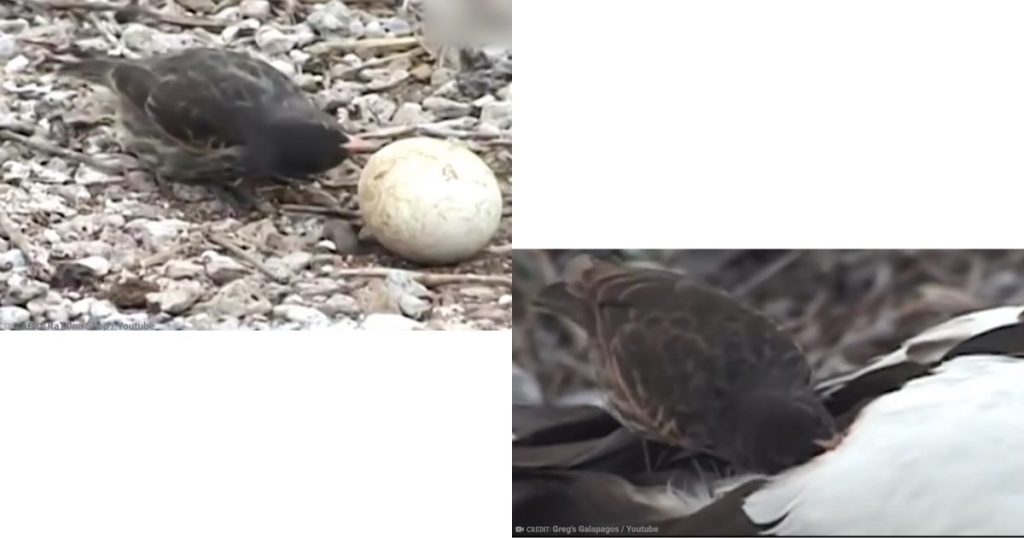
Any animal with the vampire in the name is going to be a pretty scary little thing. It’s certainly not the kind of animal that you want to be pursuing or hanging out with.
Northern Rockhopper Penguin:
Our planet has taken a pretty romanticized view of penguins which is understandable. They can’t fly, and they’re the focus of several movies and tv shows, but I’m about to shock you all when I say this penguin may be the devil, okay maybe it’s not that extreme, but the northern rockhopper penguin is not only the smallest of the crested penguins, it’s also the most aggressive by far.
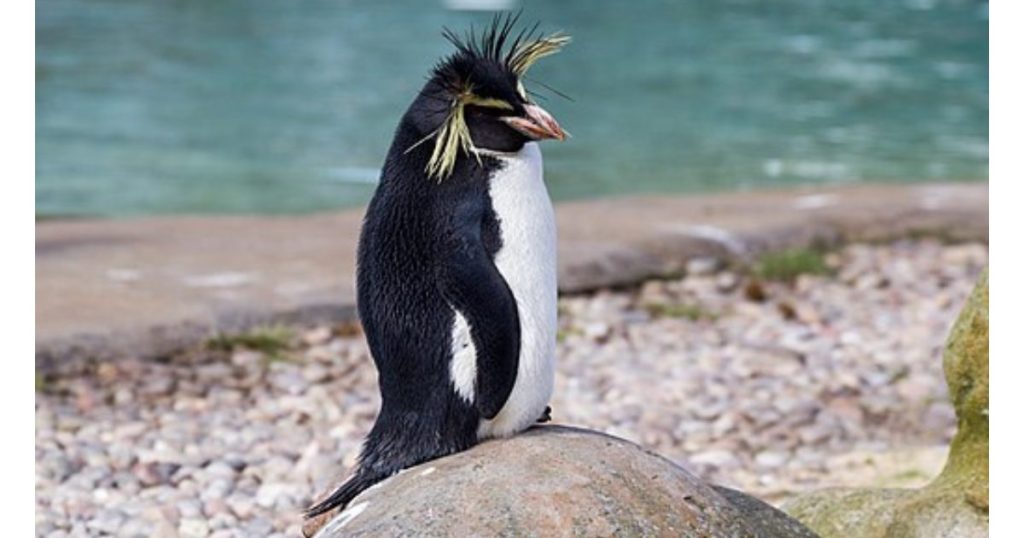
These little guys have been reported fighting over fish, nesting locations, and mating partners. They’re also known to be incredibly aggressive when it comes to their children. Any invader is likely to be snapped away, and believe me. There’s nothing more terrifying than being chased by a flightless bird.
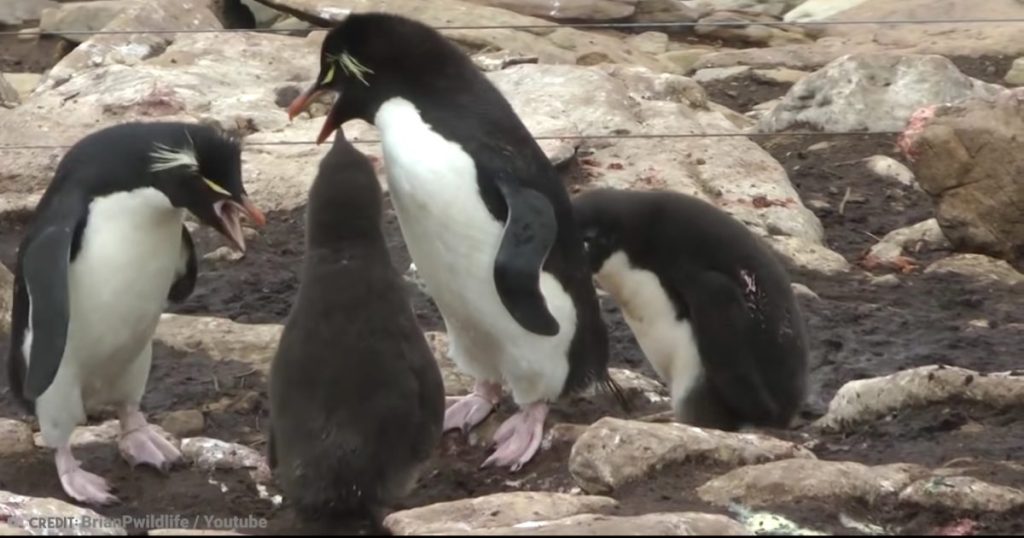
Unfortunately, the northern rockhopper penguins population is rapidly decreasing few reasons would be as result of climate change and accidental fishing, so it’s becoming less likely that you’ll ever have the the interesting experience of being chased by one of these angry little guys.
Hooded Vulture:
We could have populated this list with a whole bunch of vultures, and it would still be a hundred percent accurate, but if we can only have one on our list, it would have to be the hooded vulture.
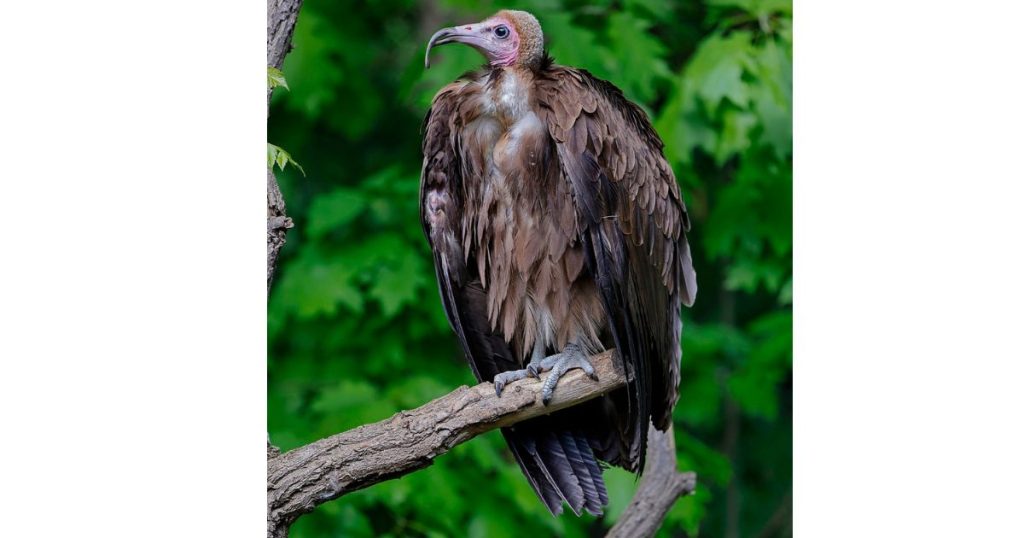
It may be among the smallest of the old-world vultures. The hooded vulture is no less deadly than any other. As scavengers, these animals tend to focus exclusively on dead animals and carrion, but that doesn’t mean they’re not willing to attack living beings. The hooded vulture is much more courageous than other species, approaching humans quite often, do not provoke it; otherwise, you’ll be a meal for a bird, and that’s unfortunate. This is the kind of predator
you should be running away from if you happen to die randomly. That guy ain’t going to call 9-1-1. Sorry to break the news to you that’s one cold-blooded vulture.
Emu:
As the second largest bird in the world, it should not be a surprise to discover that the emu is also one of the most dangerous, as we’ve already established there’s something truly terrifying about flightless birds.
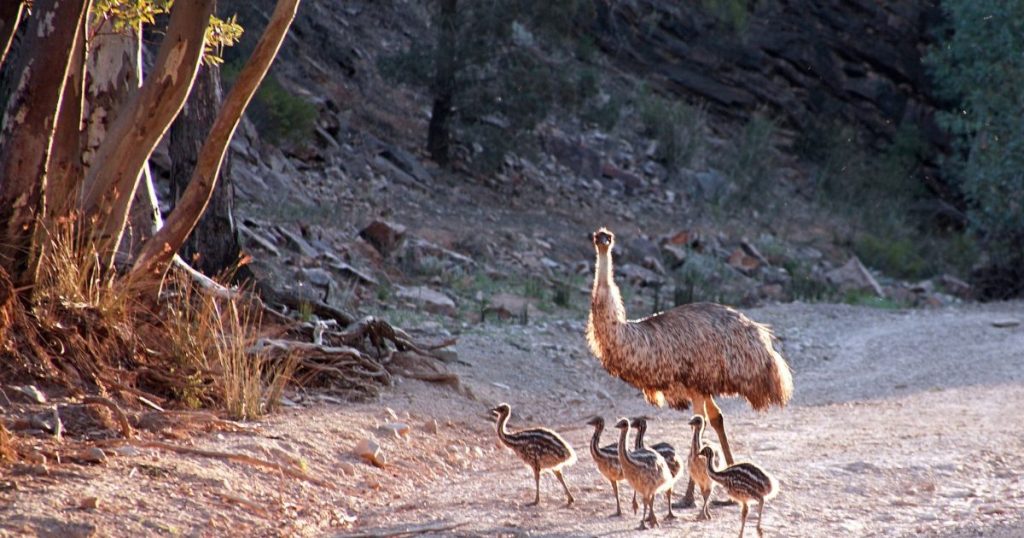
As they can run this fast, you should be afraid, very afraid emus are capable of running at speeds of up to 30 miles per hour and they have the power to make you hurt. If they feel cornered or otherwise unsafe, the emus will use their three-toed feet to kick, and that can be incredibly painful reports of emu attacks are more common than you’d think, resulting in a range of injuries in Australia and parks, farms and zoos all over the world.
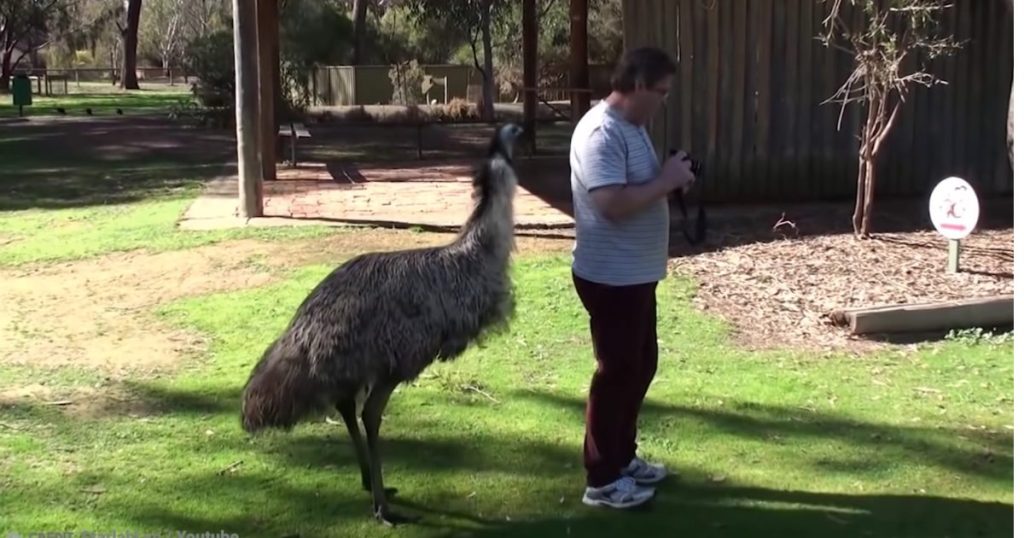
In 2009 alone, there were over a hundred reports of serious injuries caused by emus, so let that be a lesson to those of you who have an inexplicable desire to ride an emu, Female emu is more aggressive than males because the species is known to fight for access to mates. As a result, it’s not uncommon to see a female willing to kick.
Australian Magpie:
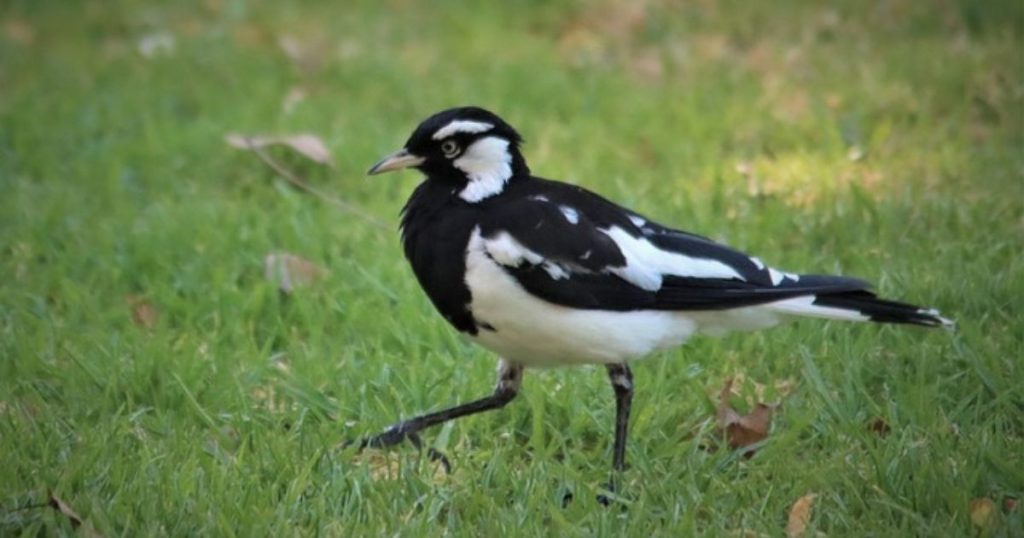
Magpies have a terrible reputation, mostly because they love attacking just about any animal they encounter. The only goal in life for this animal is to protect the nest and make sure everybody knows it, and that is certainly something they’re working on because the Australian magpie lives in residential areas.
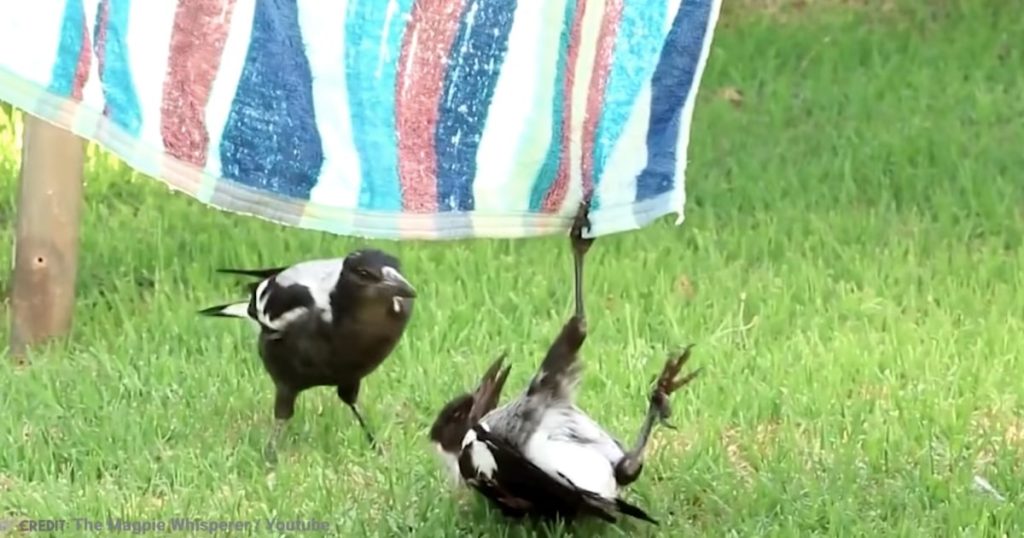
It’s the unsuspecting Aussie residents who really suffer for many a typical walk around the neighborhood that could turn into an emergency trip to the hospital.
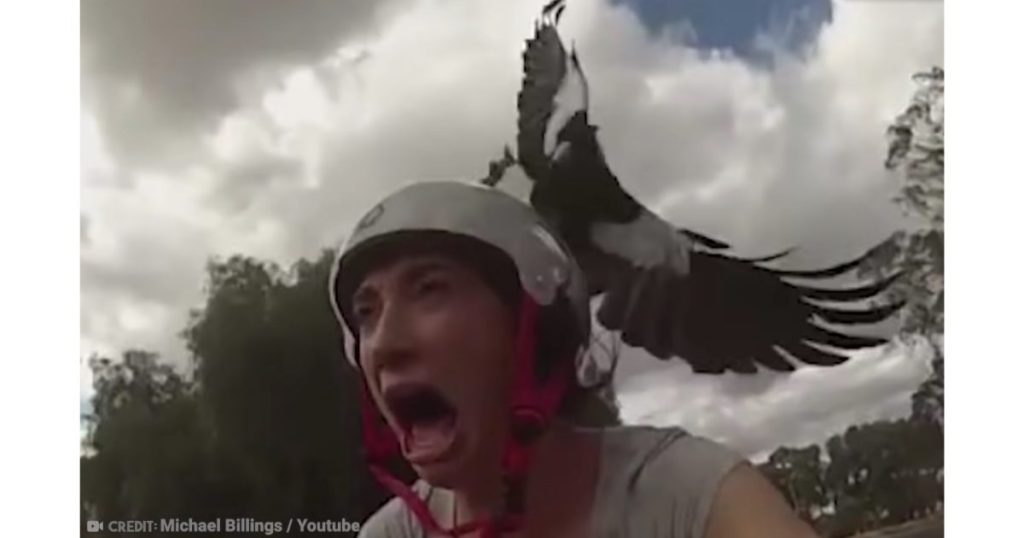
Most Australian magpie attacks target pedestrians or cyclists. Some cyclists have taken action of their own to try and deal with these violent pests, helmets with spikes, a flagpole on the back of the bike, wearing sunglasses on the back of the head, you know all the classics, and apparently, it all works. If you have had some terrifying encounters with one, not on our list, let us know in the comments.